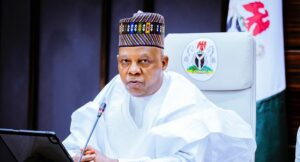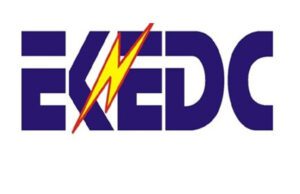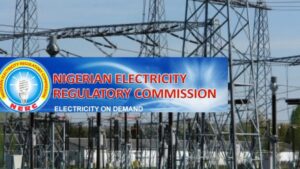PMS: Amid pricing challenges, Nigerians paid average of N206 per litre — NBS
The National Bureau of Statistics (NBS) has said that Nigerians paid an average of N206 per litre of fuel (also known as premium motor spirit or PMS) in December 2022.
According to the latest PMS Price Watch Report which was released over the weekend, the average retail price paid by consumers for fuel in December 2022 indicates a 24.38 per cent increase when compared to N165.77 recorded in December 2021.
Also, the December 2022 average price marked a 1.83 per cent increase from N202.48 recorded in November 2022. The NBS report further showed that the states with the highest average prices for the period under review were Gombe at N219.89, Kwara at N216.36, and Kogi at N216 per litre.
Meanwhile, the states with the lowest average prices were Ebonyi at N195.83, Abuja at N196, and Bayelsa at N196.14 per litre.
Since the fourth quarter of 2022, Nigerians have had to deal with rising fuel prices at retail outlets across the country.
It was gathered that some filling stations are selling fuel for as high as N500 per litre across various states. According to a previous report, fuel is selling sells for N450 per litre in Uyo, Akwa Ibom state, N300 per litre in Benin, Edo state, N350 per litre in Calabar, Cross River state, and N500 per litre in Port Harcourt, Rivers state.
However, there are exceptions: Abuja resident, Mr Maxwell Oboh told newsmen that on Saturday, January 21, he bought fuel from an AA Rano filling station at Nyanya for N180 per litre.
This is still higher than the official price of N165, but considerably lower than what some Nigerians are paying for fuel across some states. He however pointed out the fact that Abuja residents are confronted with either locked stations or queues just to buy the commodity.
Nigerians are not only dealing with high fuel prices, but they are also dealing with lengthy fuel queues, which not only cause traffic problems but also result in the loss of productive hours that are impacting businesses and mobility access for public commuters.
Ms Kehinde Johnson told journalists that the fuel scarcity in Lagos state manifests in different ways. According to her, sometimes, the traffic becomes worse than before, other times, filling stations on the island sell at the official price, other times, they change the pump price, and it’s always higher, never lower.
“We just adjust to whatever obtains, we are not fighting back. When you think about the Occupy Nigeria protests of 2012 and how Nigerians were opposed to the increase in fuel pump prices from N65 to N141 per litre, occasioned by attempted fuel subsidy removal during the Goodluck Jonathan administration, it all seems like a dark comedy show,” she said.
Reported that a recent statement issued by the Major Oil Marketers Association of Nigeria (MOMAN), stated that fuel scarcity challenges that Nigerians are currently facing are a result of distribution challenges.
The statement partly read, “These queues are caused by exceptionally high demand and bottlenecks in the distribution chain. The major cause is the shortage and high (U.S. dollar) costs of daughter’s vessels for ferrying products from mother vessels to depots along the coast.
“Next is an inadequate number of trucks to meet the demand to deliver product from depots to filling stations nationwide.”
These high logistics and exchange rate costs continue to put pressure on prices at the pump.




